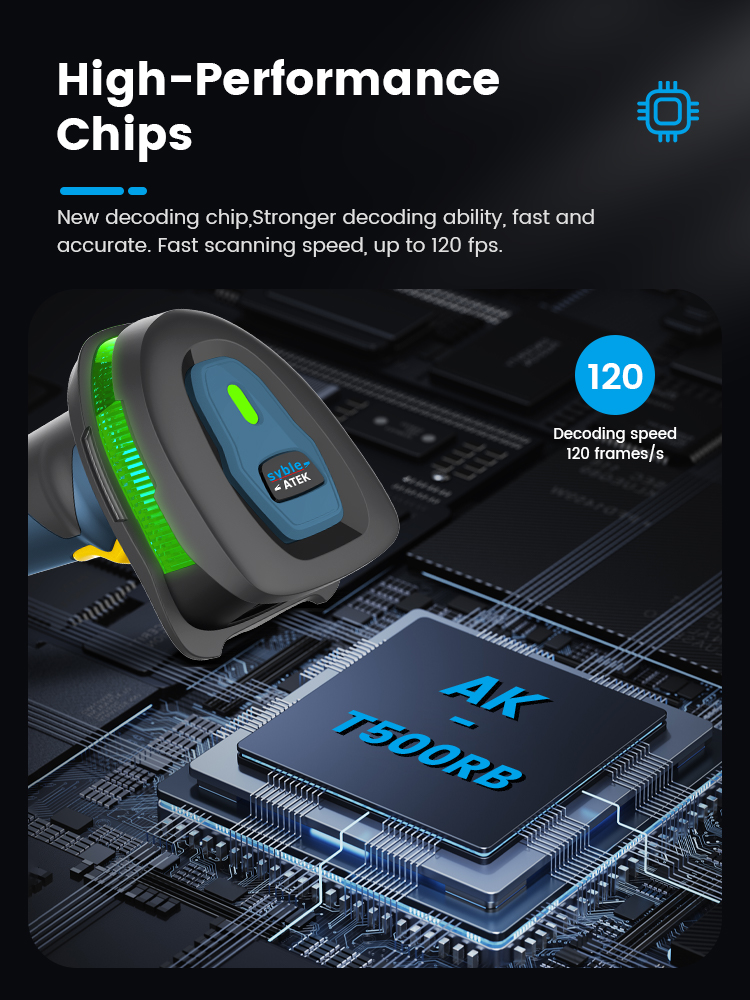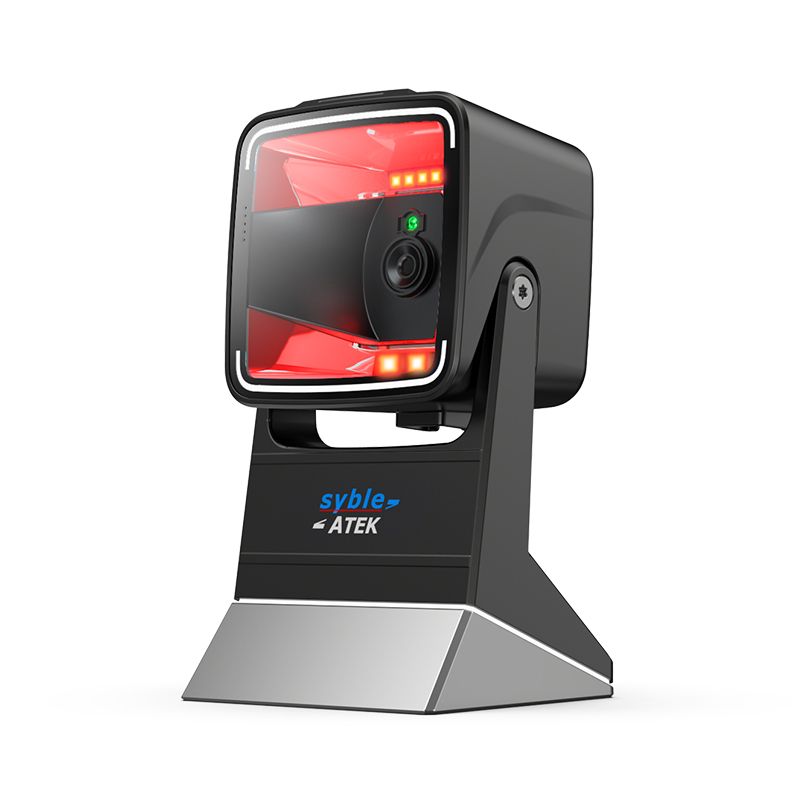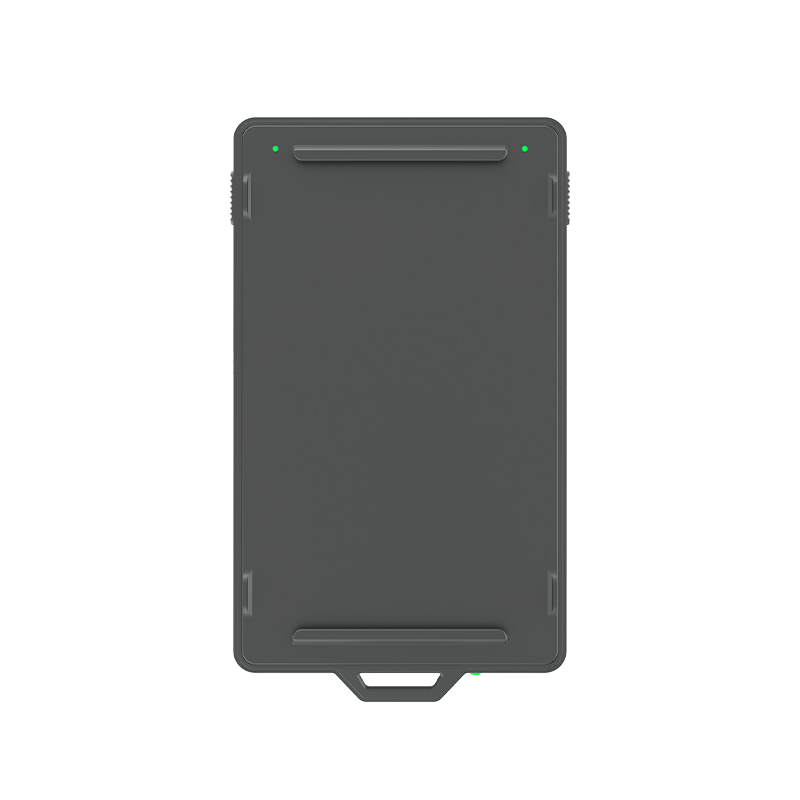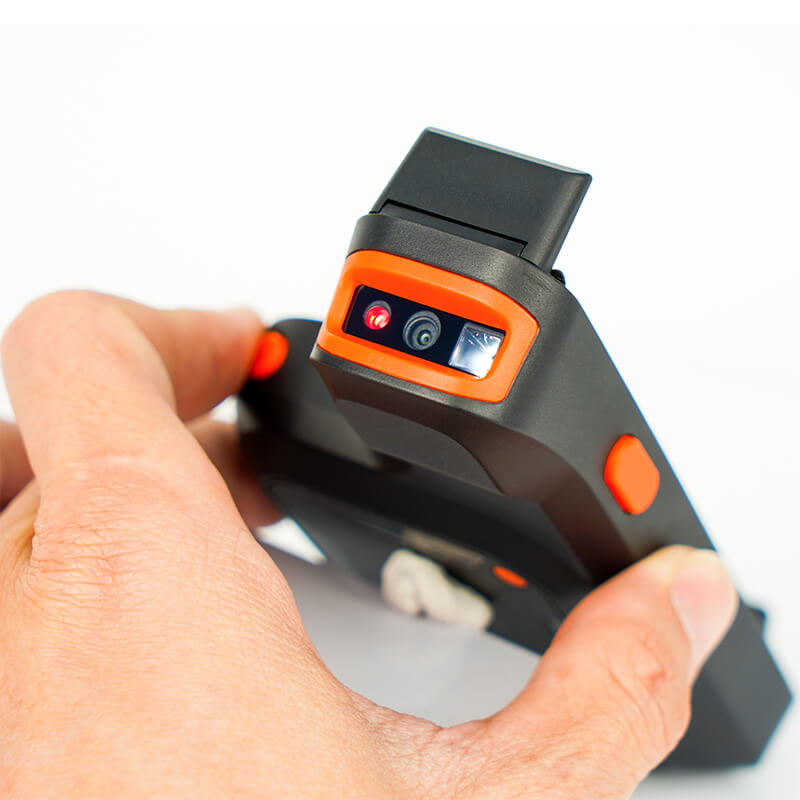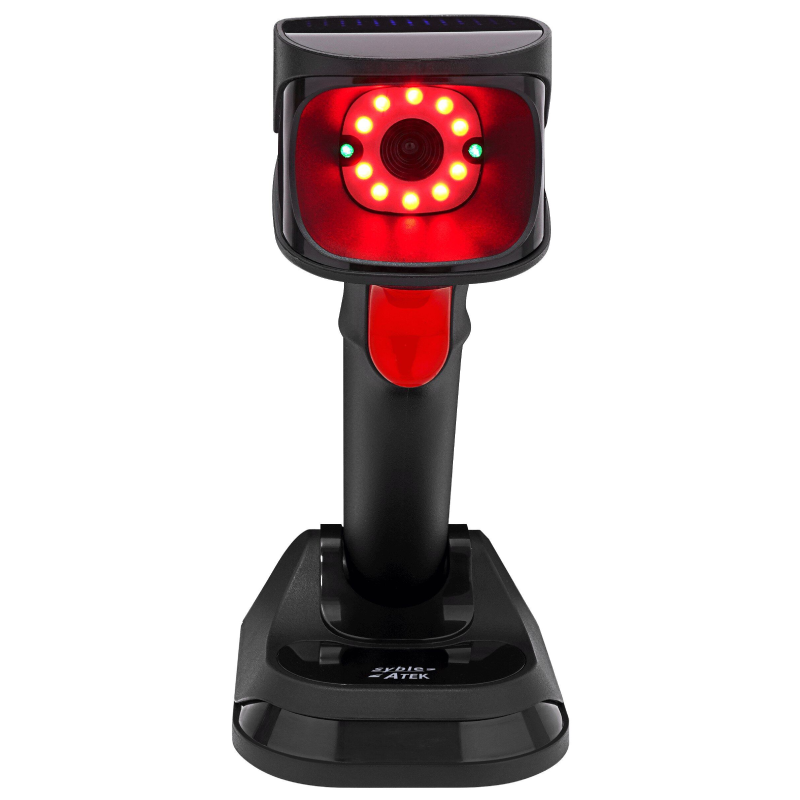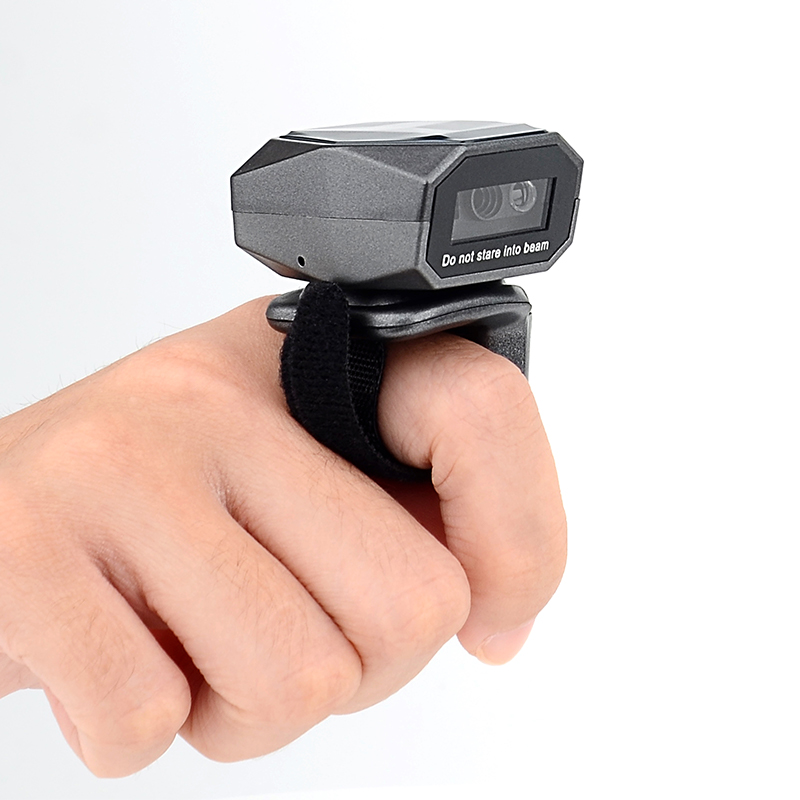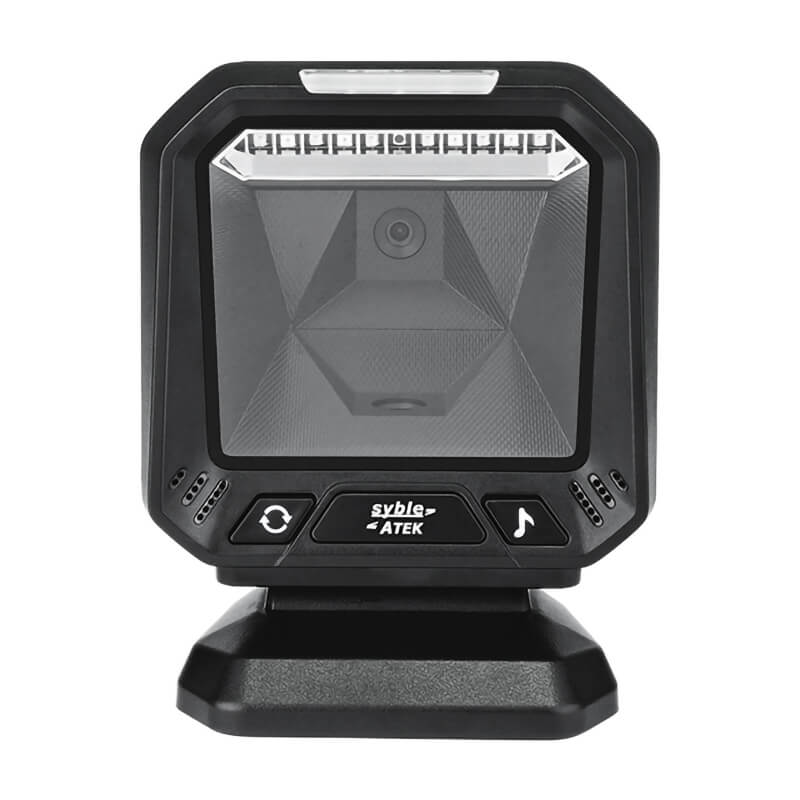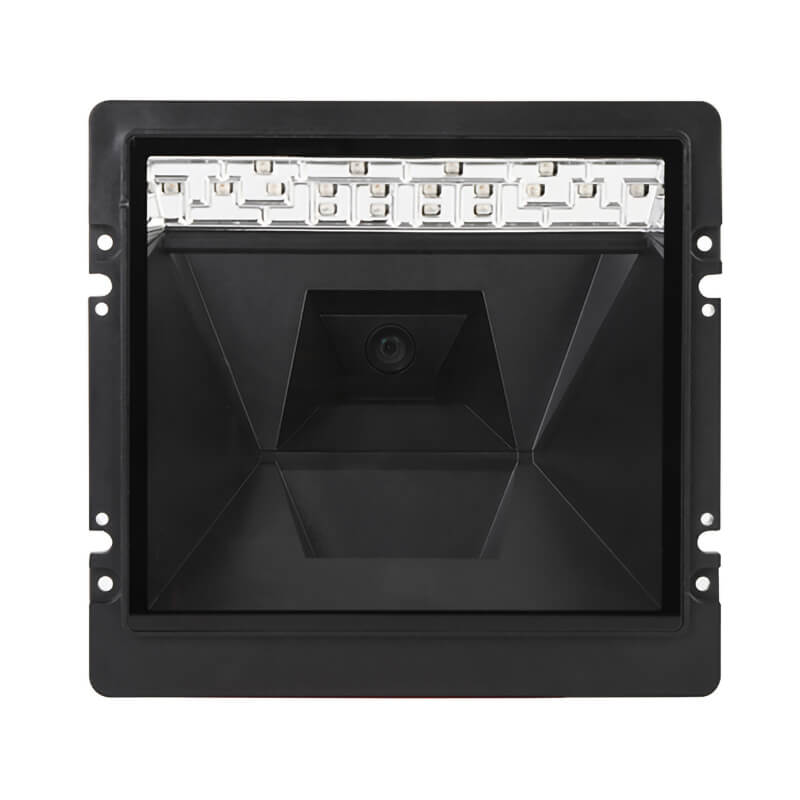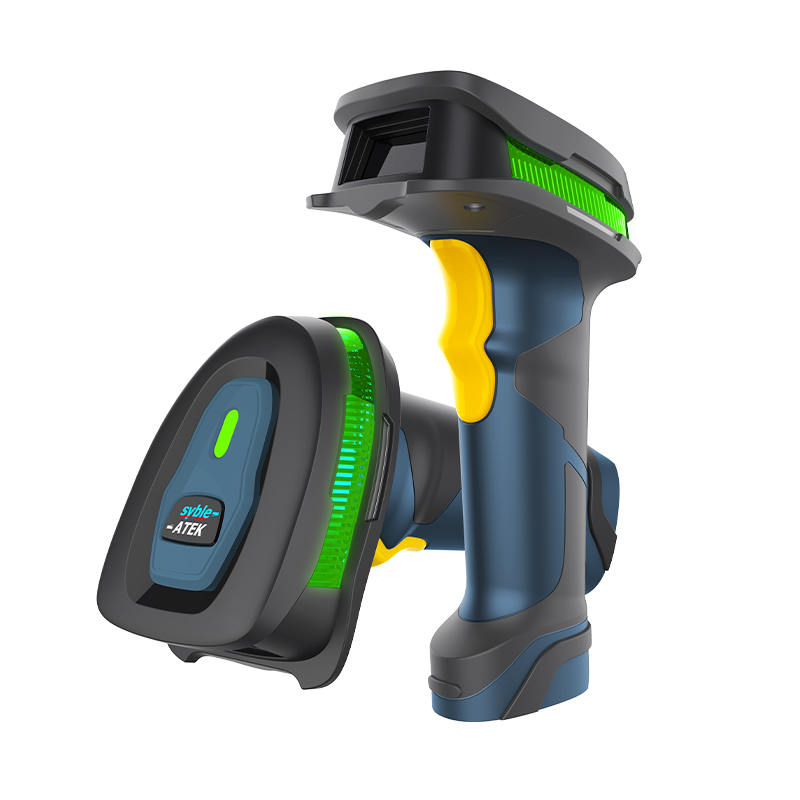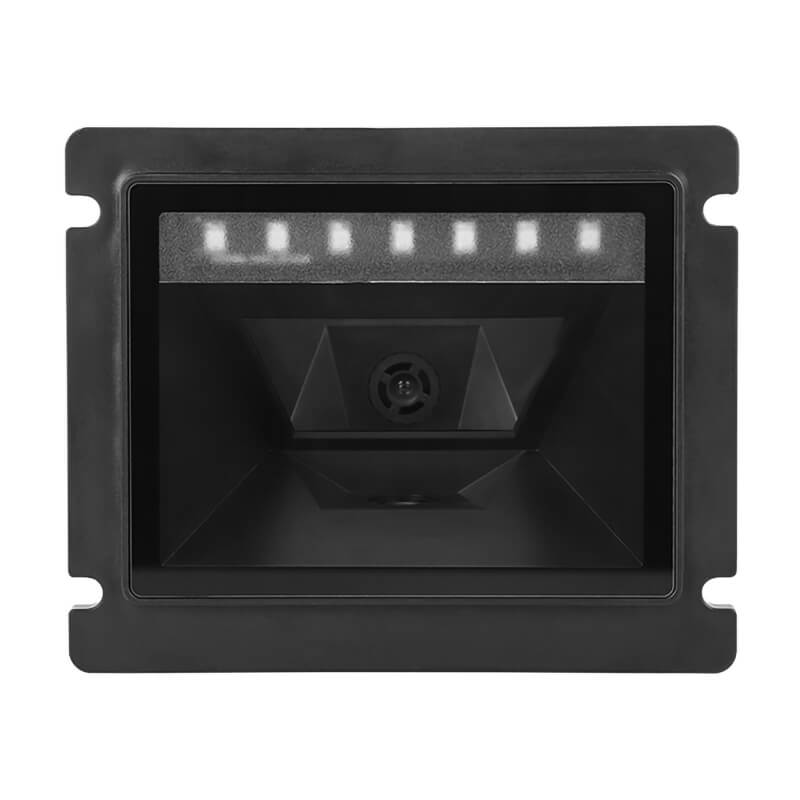The resolution of current barcode scanners is primarily determined by three factors: the optical components, hardware, and software. The resolution of a barcode scanner is the sum of the optical resolution of its optical components and the resolution derived from the hardware and software processing. These factors are key in influencing the resolution of barcode scanners. Below, we will mainly focus on analyzing the optical and hardware components.
Optical Resolution:
Optical resolution refers to the number of actual light points that the barcode scanner’s optical components can capture per square inch. It is the physical resolution of the barcode scanner’s CCD (or other photoelectric devices) and is also the true resolution of the barcode scanner. The value is calculated by dividing the number of pixels that the photoelectric component can capture by the maximum horizontal scanning dimension of the barcode scanner. For example, a barcode scanner with a resolution of 1200 DPI often has an optical resolution of only 400-600 DPI. The additional resolution is generated through hardware and software, which is a process of analyzing the image with a computer and mathematically filling in the blank areas (this process is also called interpolation).
Hardware:
Optical scanning and output are one-to-one. Whatever is scanned is what is output. After processing by computer hardware and software, the output image becomes more realistic, and the resolution improves. Most barcode scanners on the market today have hardware and software functions that expand resolution. Some barcode scanners are advertised as having a resolution of 9600×9600 DPI, but this is only the maximum resolution obtained through software interpolation, not the true optical resolution of the scanner. Therefore, when discussing barcode scanners, we differentiate between optical resolution (also called optical clarity) and maximum resolution, with the optical resolution being the most important.
Photoelectric Devices Used in Barcode Scanners:
Currently, there are four main types of photoelectric devices used in barcode scanners: photomultiplier tubes, silicon oxide isolation CCDs, semiconductor isolation CCDs, and contact image sensors (CIS or LIDE).
The mainstream technologies are two types of CCDs, which can be explained simply: thousands to tens of thousands of phototransistors are integrated onto a silicon wafer, and these phototransistors are grouped into three columns, each covered with a red, green, or blue filter to achieve color scanning. Among these, the silicon oxide isolation CCD is superior to the semiconductor isolation CCD. In simple terms, the leakage current between the phototransistors of a semiconductor CCD affects scanning accuracy, while silicon oxide isolation greatly reduces this leakage. Temperature control is also important, as both semiconductors and conductors are generally temperature-sensitive; higher temperatures typically increase conductivity. Currently, most scanners use semiconductor isolation CCDs, while silicon oxide isolation CCDs are less common due to higher costs. To understand the performance of a barcode scanner, it is essential to know the quality of its photoelectric components. Even among semiconductor isolation CCDs, the quality can vary.
Contact Image Sensors (CIS):
Contact image sensors typically use materials like cadmium sulfide to manufacture light-sensitive resistors, and the production cost is much lower compared to CCDs. The scanning distance is short, and the scanning clarity is often poor, sometimes not even reaching the nominal value. Temperature changes can easily affect the scanning accuracy, which are critical limitations of this type of scanner.
Photomultiplier Tubes:
Photomultiplier tubes use cesium oxide as the light-sensitive material. They offer the best scanning accuracy and are the least affected by temperature changes or noise. However, they are also the most expensive.
Conclusion:
The photoelectric device in a barcode scanner is one of the most important factors in determining its performance. Other factors, such as control circuits and software, also play an essential role. To assess the performance of a barcode scanner, it is best to rely on hands-on testing and evaluation software.

